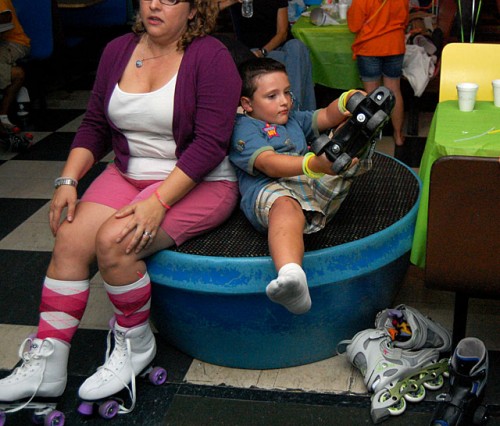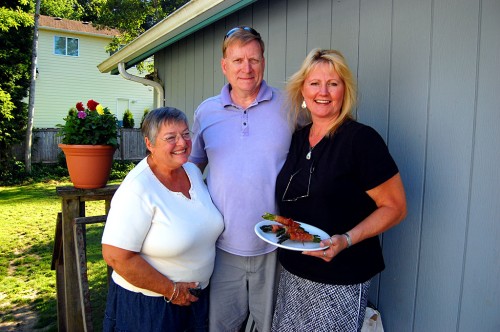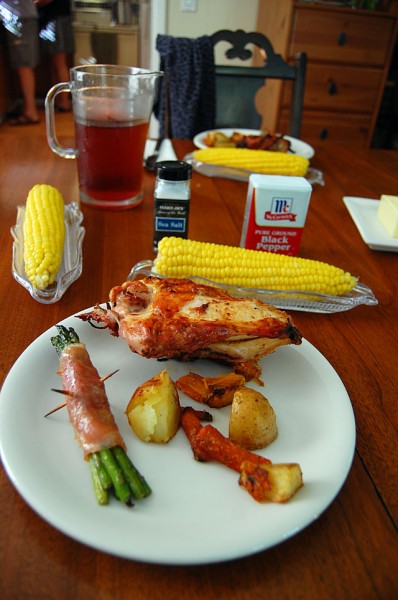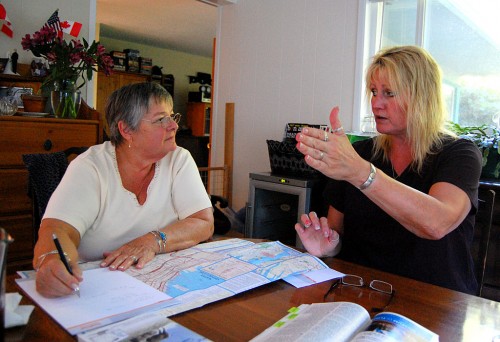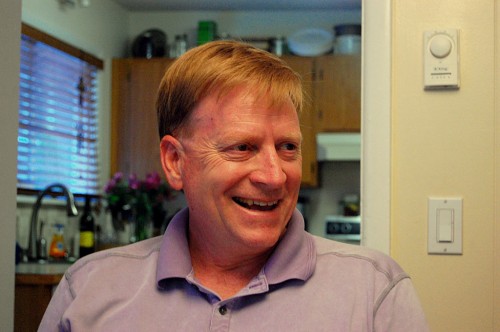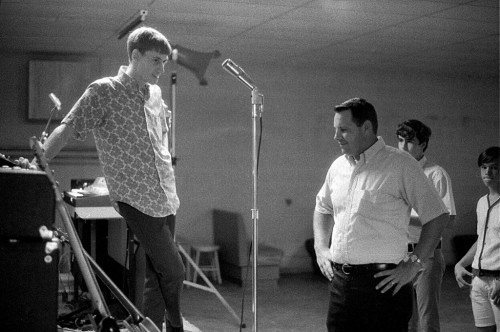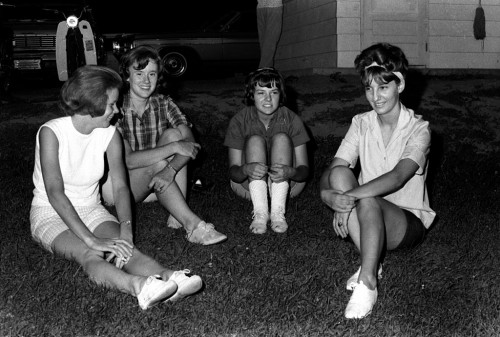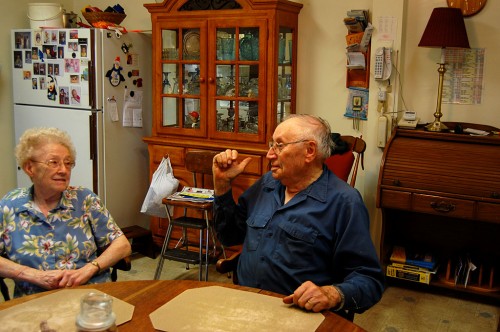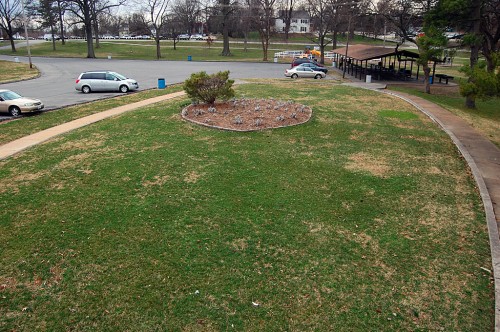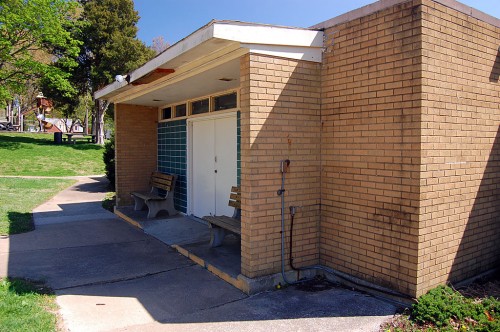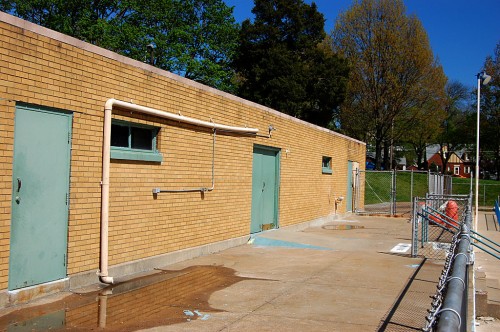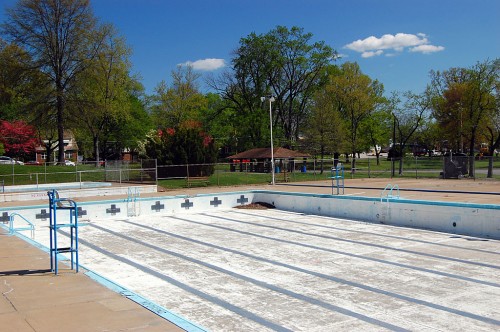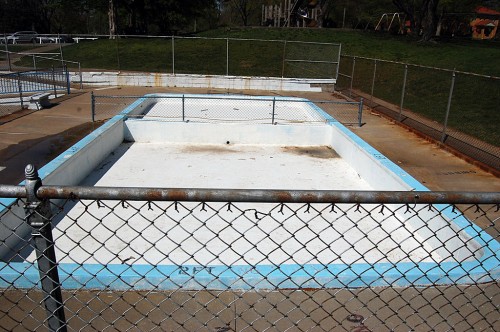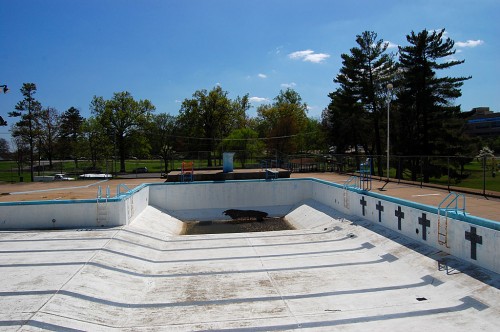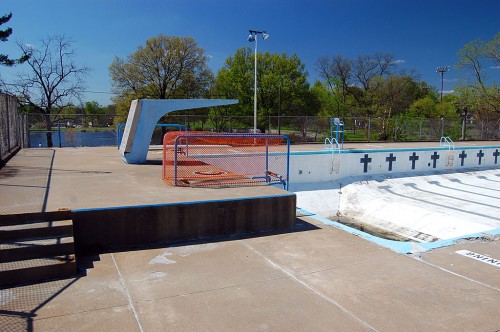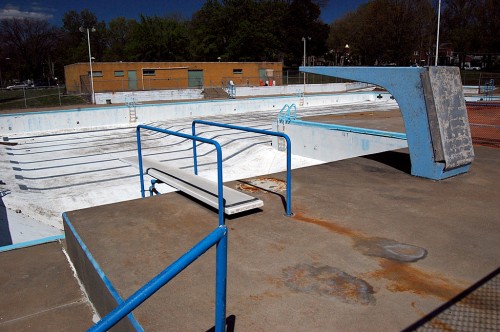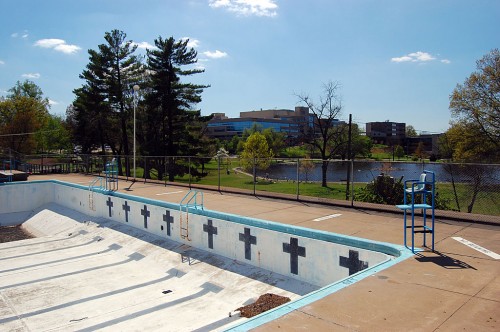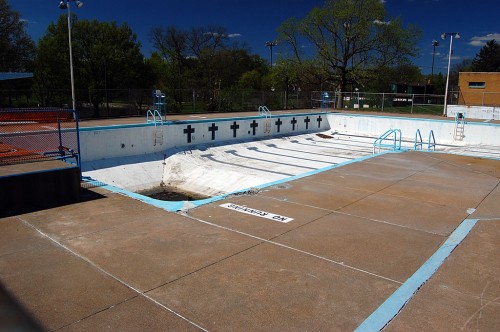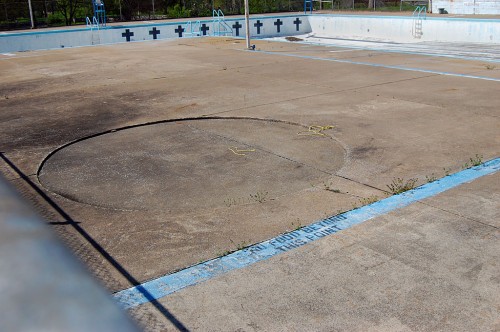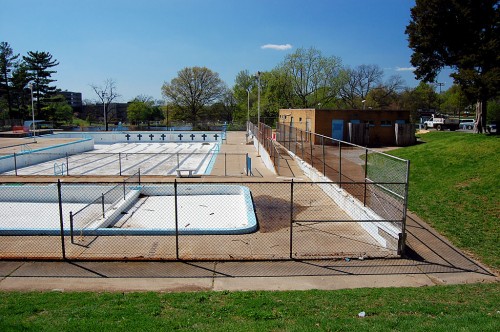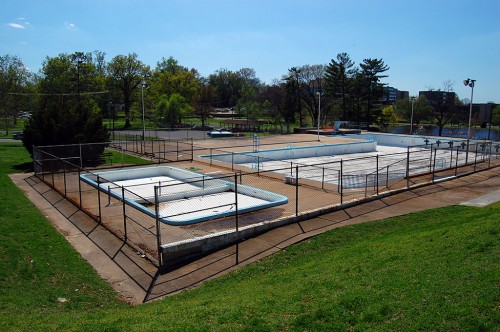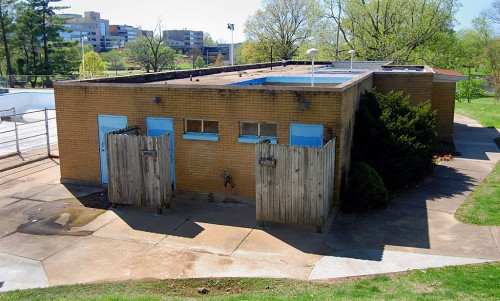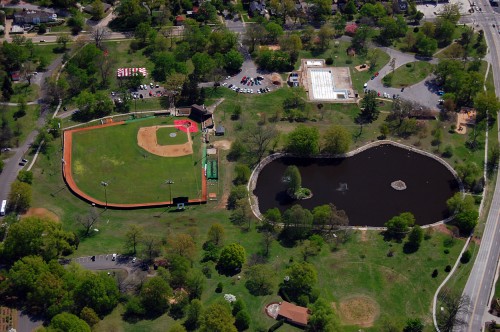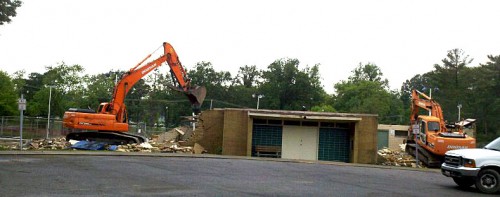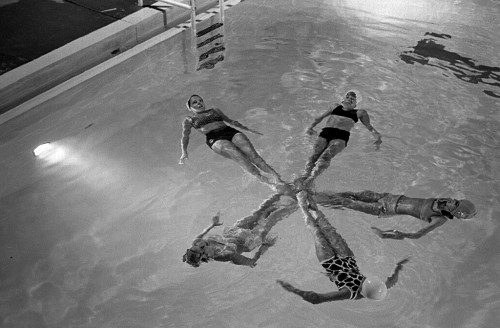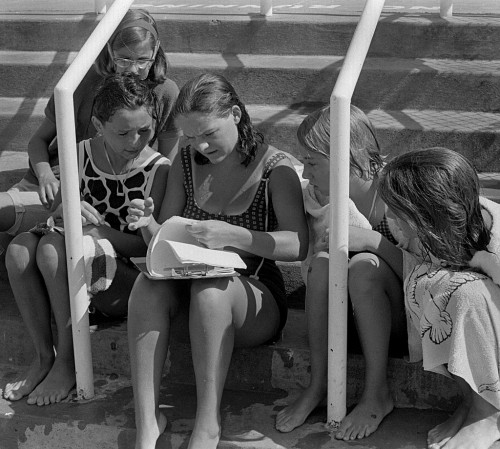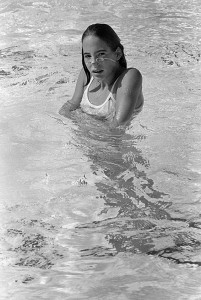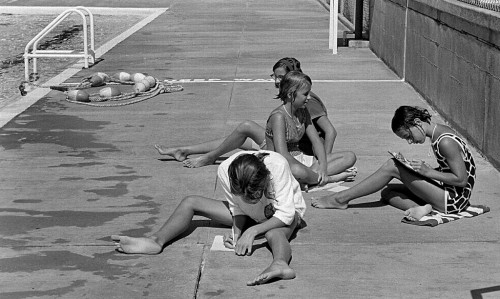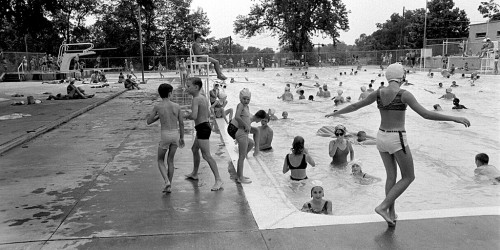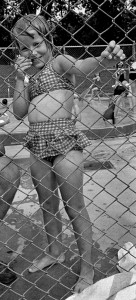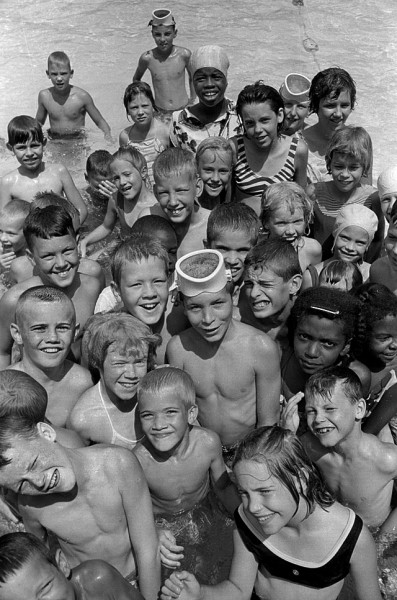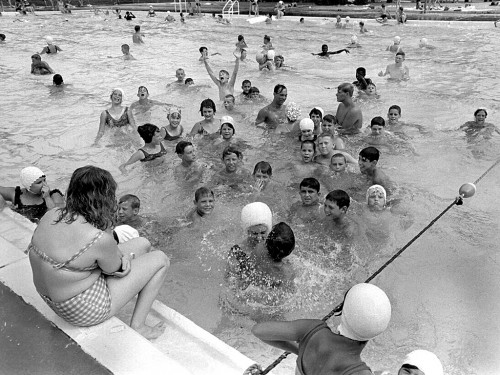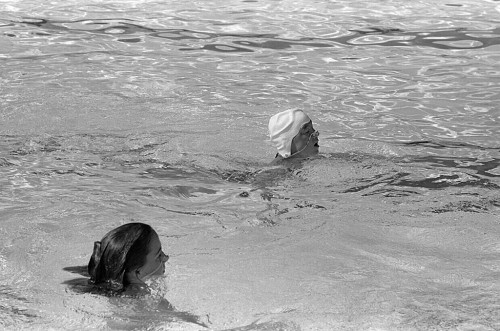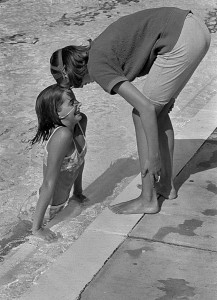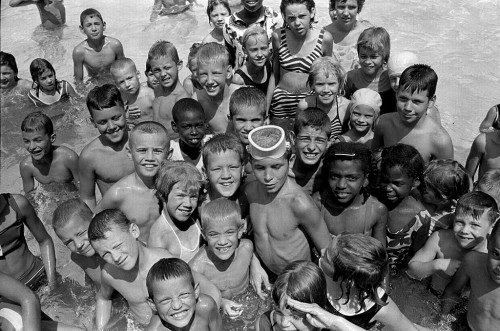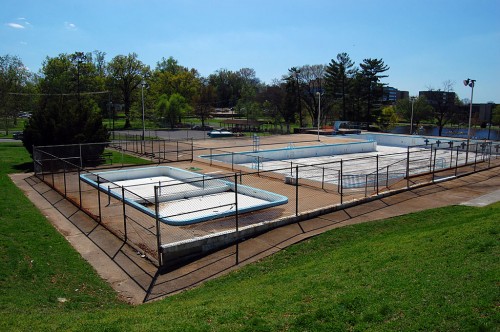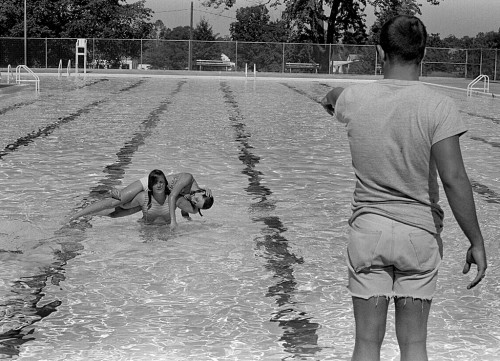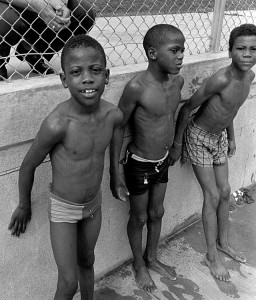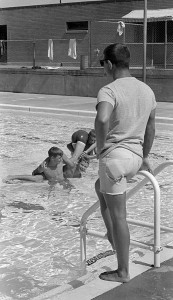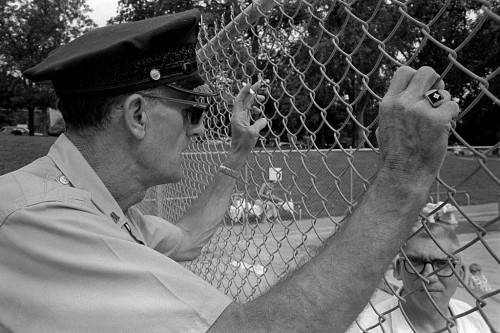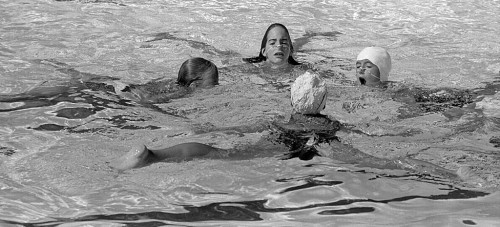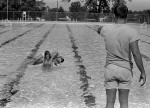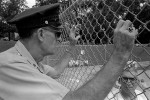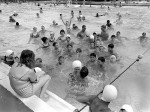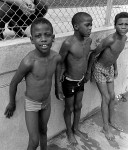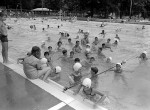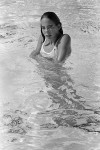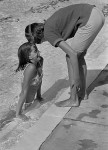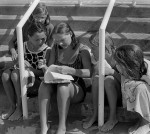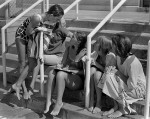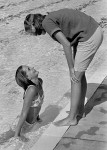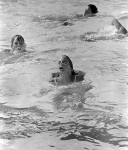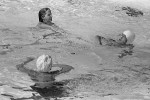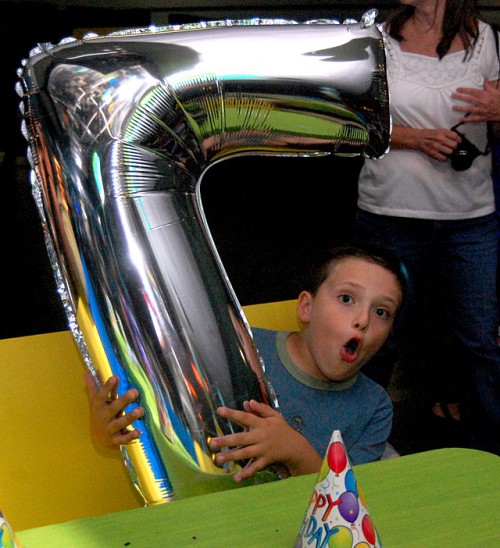 Grandson Malcolm had his seventh birthday party at Atlantis Skating Rink in Lake Worth, Fla., just down the road from West Palm Beach. Sons Matt and Adam spent a fair amount of time down there and at the Palace Skating Rink (now defunct) when they were kids.
Grandson Malcolm had his seventh birthday party at Atlantis Skating Rink in Lake Worth, Fla., just down the road from West Palm Beach. Sons Matt and Adam spent a fair amount of time down there and at the Palace Skating Rink (now defunct) when they were kids.
Mary Ann Roller Rink was on Kingsway
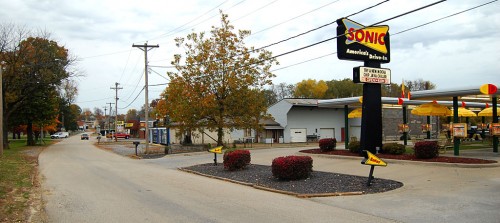 I better get this confession out of the way up front: I don’t have any photos of skating in the Cape rinks (that come to mind). My skating days came before my photography days, so I didn’t take any pictures. Parents in those days were smart: they’d drop the kids off in the parking lot, then make a break for it, not returning until the rink was ready to close. Taking pictures was not on their agenda.
I better get this confession out of the way up front: I don’t have any photos of skating in the Cape rinks (that come to mind). My skating days came before my photography days, so I didn’t take any pictures. Parents in those days were smart: they’d drop the kids off in the parking lot, then make a break for it, not returning until the rink was ready to close. Taking pictures was not on their agenda.
Just like riding a bicycle
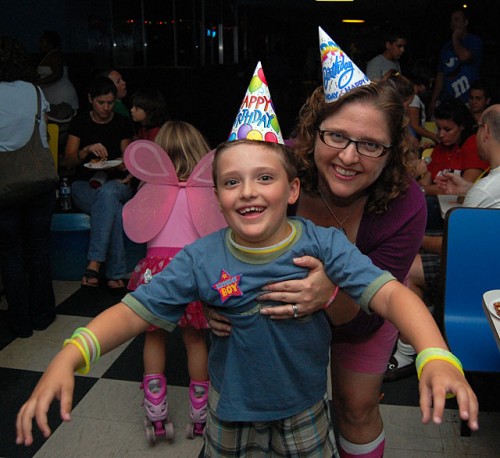 I’m guessing that it’s been at least 20 years since I was on skates. At that time, I made it around the floor a couple of times without falling and then decided to rest on my laurels instead of my backside. I had good intentions of showing up and wowing the younger generation with my skating prowess. Son Matt assured me “it’s just like riding a bicycle.” That was reassuring until he finished his sentence with “it hurts just as much when you fall.”
I’m guessing that it’s been at least 20 years since I was on skates. At that time, I made it around the floor a couple of times without falling and then decided to rest on my laurels instead of my backside. I had good intentions of showing up and wowing the younger generation with my skating prowess. Son Matt assured me “it’s just like riding a bicycle.” That was reassuring until he finished his sentence with “it hurts just as much when you fall.”
Matt lacing up skates o’death
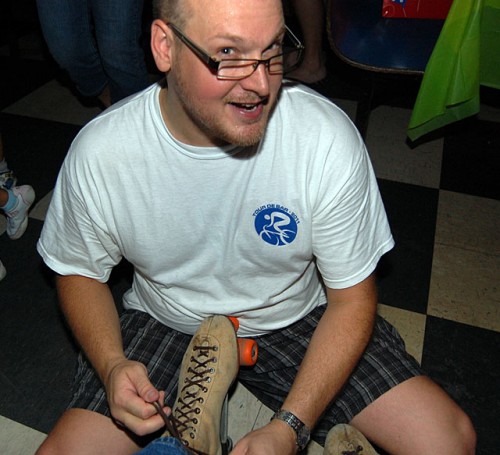 I showed up late, but Matt came rolling up with a pair of skates my size and promptly imprisoned my feet in them. I stood up and realized that my skating days are long behind me. I clomped on the wheels, not even trying to roll on them.
I showed up late, but Matt came rolling up with a pair of skates my size and promptly imprisoned my feet in them. I stood up and realized that my skating days are long behind me. I clomped on the wheels, not even trying to roll on them.
Sugar-fueled kids bouncing off the walls
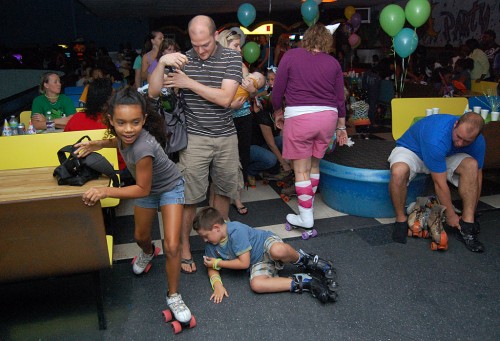 Had I been there by myself, I might have given it a try, but I was sharing the world with a couple hundred sugar-propelled kids who brought back nightmares of studying Brownian Movement (the presumably random drifting of particles suspended in a fluid). There was no predicting where one of these out-of-control bodies was going to come from, nor when it was going to collide with me.
Had I been there by myself, I might have given it a try, but I was sharing the world with a couple hundred sugar-propelled kids who brought back nightmares of studying Brownian Movement (the presumably random drifting of particles suspended in a fluid). There was no predicting where one of these out-of-control bodies was going to come from, nor when it was going to collide with me.
I opted to sit down and strip off my skates before I broke a hip or worse.
Dark as inside a whale’s belly
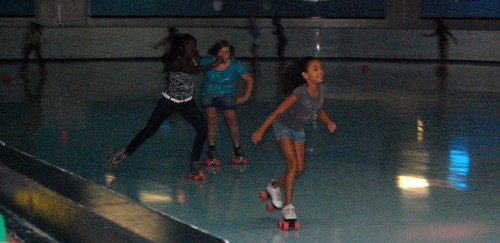 Once I got rid of the skates o’death, I tried to take pictures. This particular skating rink, while nice, is a combination of being inside a whale’s belly at the bottom of the ocean from a lighting standpoint and being inside of a boiler factory from an auditory standpoint. Squealing little girl voices hit pitches that should shatter glassware and pop balloons.
Once I got rid of the skates o’death, I tried to take pictures. This particular skating rink, while nice, is a combination of being inside a whale’s belly at the bottom of the ocean from a lighting standpoint and being inside of a boiler factory from an auditory standpoint. Squealing little girl voices hit pitches that should shatter glassware and pop balloons.
It has VIDEO games
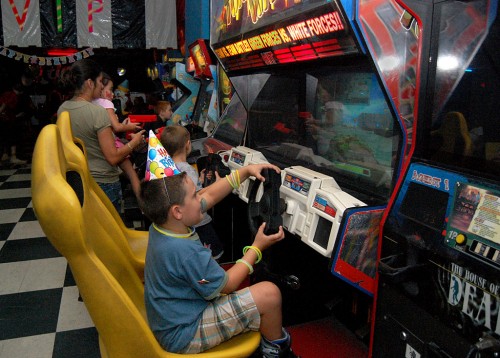 Atlantis is a long way from Cape’s skating emporiums. It has VIDEO games.
Atlantis is a long way from Cape’s skating emporiums. It has VIDEO games.
Most of my skating was done at Hanover Skating Rink, a Quonset hut on Perryville Road across from the church of the same name. Friday night was Skate Night to my peers. I begged my parents to take me every week. I remember Dad grumbling one night when it was spitting sleet and the roads were icing up, but he took me.
Hanover was low rent
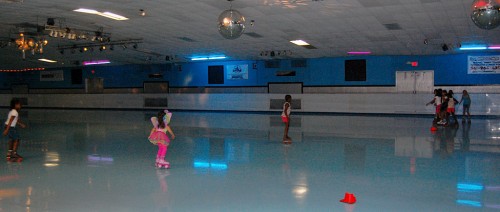 Hanover was low rent. The wooden floor was dirty, and when it rained, you had to dodge puddles where the roof leaked. The skates you rented were metal jobs that attached to your street shoes by tightening clamps with a skate key. Get them too tight, and the soles of your shoes would bend until they were U-shaped and the skates would fall off, leaving them dangling from your ankle by a leather strap while you were circling the floor. That was not good. You quickly learned to fall with your fingers wadded into a fist if you wanted to keep them.
Hanover was low rent. The wooden floor was dirty, and when it rained, you had to dodge puddles where the roof leaked. The skates you rented were metal jobs that attached to your street shoes by tightening clamps with a skate key. Get them too tight, and the soles of your shoes would bend until they were U-shaped and the skates would fall off, leaving them dangling from your ankle by a leather strap while you were circling the floor. That was not good. You quickly learned to fall with your fingers wadded into a fist if you wanted to keep them.
Rental skates were a challenge
Get the clamps too loose and the skates would fall off, leaving them dangling from your ankle by a leather strap. That, too, was not good.
Real shoe skates had the wheels attached to a high, lace-up boot that had a rubber brake under the front toe. Good skaters could slow to a stop by turning one skate at an angle to bleed off speed. Klutzy skaters used the rubber brake. Skaters who used rental skates (pretty much assured to be klutzy) had to scuff the toe of their street shoe to slow down, with predictable damage to the shoe.
Getting TO the floor was a challenge
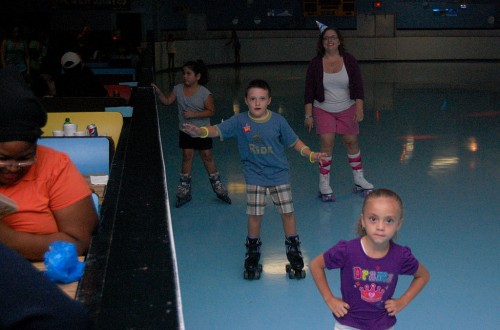 The shoe rental counter at Hanover was on a raised part of the building that had been or could be used as a stage. You’d check out a pair of skates, apply them to your feet, then make your way over to the edge of the stage, which was about four feet above the skate floor. Somehow or another, you’d sit on the edge, turn around, then lower yourself to the skate floor while trying to keep the skates from squirting out from under you when you finally got down. There may have been stairs to make this process easier, but I don’t recall using them.
The shoe rental counter at Hanover was on a raised part of the building that had been or could be used as a stage. You’d check out a pair of skates, apply them to your feet, then make your way over to the edge of the stage, which was about four feet above the skate floor. Somehow or another, you’d sit on the edge, turn around, then lower yourself to the skate floor while trying to keep the skates from squirting out from under you when you finally got down. There may have been stairs to make this process easier, but I don’t recall using them.
There were general skates, reverse skates, couples’ skates, races by age and, of course, the Hokey Pokey and Crack-the-Whip. Judy Schrader was my regular female skating partner. We didn’t do any of that mushy skating stuff; we just held hands and skated fast.
Maryann Skating Rink was upscale
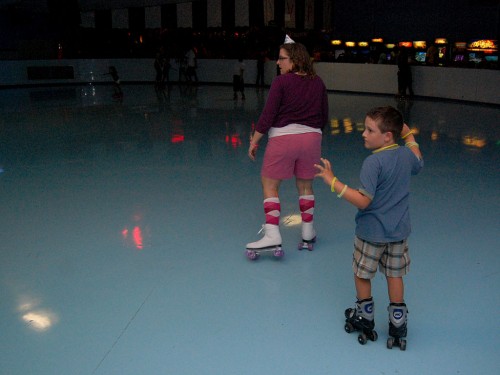 Maryann Skating Rink was in Cape, on Kingsway Drive where it intersected with Broadway, just across from Pfisters. It, like Hanover, is no longer there.
Maryann Skating Rink was in Cape, on Kingsway Drive where it intersected with Broadway, just across from Pfisters. It, like Hanover, is no longer there.
Instead of having a dirty wooden floor, Maryann had a gleaming, polished maple floor. Officious guys were all over the place doing fancy skating and enforcing real or imagined rules designed to preserve decorum on the floor. Hanover relied on Darwin to sort out behavior.
My skates had wooden wheels
Skates in those days had wooden wheels. After you had used them awhile, they needed to be reground because they developed flat spots and wore at an angle from skating in the same direction all the time.
I took in my skates for grinding at Maryann and was chastised by the worker. “You really shouldn’t skate on the sidewalk with these. It’ll ruin them.” I was too loyal to Hanover to tell the guy that the only skating I ever did was on that church rink. Maryann was cleaner, newer, had better floors and a fancier concession stand, but Hanover was where I felt comfortable.
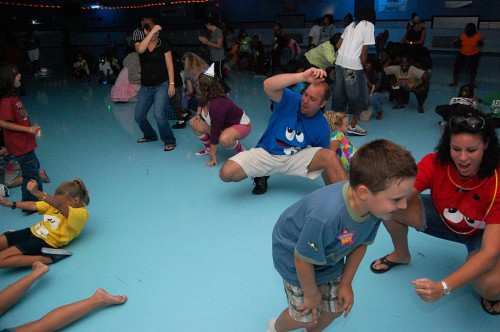 When I told Son Matt about wooden wheels, he thought I was pulling his appendage. He couldn’t understand how there would be enough friction between wooden wheels and a wooden floor to get any traction. To make sure that I wasn’t misremembering things, I called Brother Mark, who confirmed that my green and white skate case is still in Mother’s attic and that the black shoe skates in it have wooden wheels. His old skates, which had plastic-style wheels, are in a similar red case.
When I told Son Matt about wooden wheels, he thought I was pulling his appendage. He couldn’t understand how there would be enough friction between wooden wheels and a wooden floor to get any traction. To make sure that I wasn’t misremembering things, I called Brother Mark, who confirmed that my green and white skate case is still in Mother’s attic and that the black shoe skates in it have wooden wheels. His old skates, which had plastic-style wheels, are in a similar red case.
Son Matt demonstrates his skating prowess
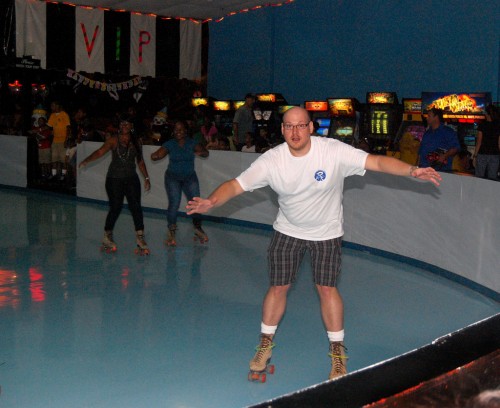 The biggest change in roller rinks over my generation’s is that the wooden floors have given way to polyurethane and the wooden wheels have been replaced by plastics. If it wasn’t for kids hollering and little girls squealing, the actual skating would be almost noiseless.
The biggest change in roller rinks over my generation’s is that the wooden floors have given way to polyurethane and the wooden wheels have been replaced by plastics. If it wasn’t for kids hollering and little girls squealing, the actual skating would be almost noiseless.
Jackson skating rink
Future Central High School Principal Fred Wilferth was a partner in the Jackson Skating Rink, which opened in 1950. I wrote about it earlier in the year.

